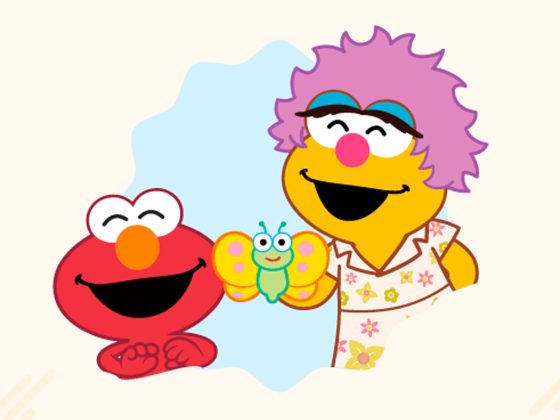
Coping with Fear
A printable about identifying fear-related behavior and how to respond.
Identifying fear-related behaviors in your child
Fear is a universal emotion—and not necessarily a negative one! Fear tells us something that we want to pay attention to. Instead of pushing the feeling away, we can try to name what’s at the root and work to overcome or cope with it. But children may have a hard time using words to tell you that they are feeling afraid or scared. Instead they may express feelings of fear with their behavior. Your child may be expressing fear if you notice repeated behaviors including:
- Clinginess
- Frequent demands (for attention, care, etc.)
- Acting out/getting very upset if a parent, sibling, or relative needs to leave the house
- Trouble sleeping or frequent bad dreams
- Repeatedly asking questions about the same issue
- Complaining about frequent tummy aches or headaches
- Being aggressive toward others, such as pushing a sibling or breaking others’ things
- Withdrawing from activities and family interactions
- Changes in eating behaviors
And remember, your child might express his feeling of fear as he plays, just like Elmo did in the video. Observing and engaging in your child’s play can be an enlightening experience!
Responding to your child’s fear
When children feel afraid, it’s important to respond in a supportive way. Even if your child’s fear may not be rational or may not make sense to you, it’s very real to her. Validate her fear by saying, “That is scary. I also feel afraid sometimes.”
Then try these ideas to help her feel better:
Measure the feeling. Gesturing with your hands, ask, “How big is your fear? Is it this big or THIS BIG?” Knowing if a fear is very big or small will help you respond appropriately. The printable below offers coping strategies for fears of all sizes.
Share positive information. A child’s fear may reduce when they hear positive information about what he’s afraid of. For example, when Elmo said he was afraid of germs, Louie reminded him that wearing a mask, and washing his hands—things he’s already doing—helps prevent the spread of germs. The positive information helped Elmo feel more confident, empowered, and less afraid.
Say it loudly. Help children release their fear by pretending to say (or shout) it into a megaphone. Invite your child to cup his hands around his mouth, and let the world know what he’s afraid of! Pair this activity with whole-body movement. Sometimes releasing the energy of the emotion can help children feel much calmer.
Be firm and flexible. It can be frustrating when a child’s big feeling threatens to interfere with a daily routine, such as getting out of the house on time or making dinner. In those situations, it’s important for grown-ups to be firm (routines need to happen), but flexible (maybe we can do this in a new way). Read through this short story to see how Louie manages a potentially challenging situation by including Elmo in a kind way.
Responding to your own fear
Even us grown-ups feel afraid sometimes. As a parent, your children look to you to know how to deal with their own emotions. As much as you can, and when appropriate, talk about your own fears and how you respond. You don’t need to have everything figured out; it’s okay to tell your child, “I don’t know.” Pair your uncertainty with things you do know—that you’re here for your child and you’ll work together to figure things out.
And remember to take care of yourself. Self-care is not selfish—it helps you better care for others! Find some things
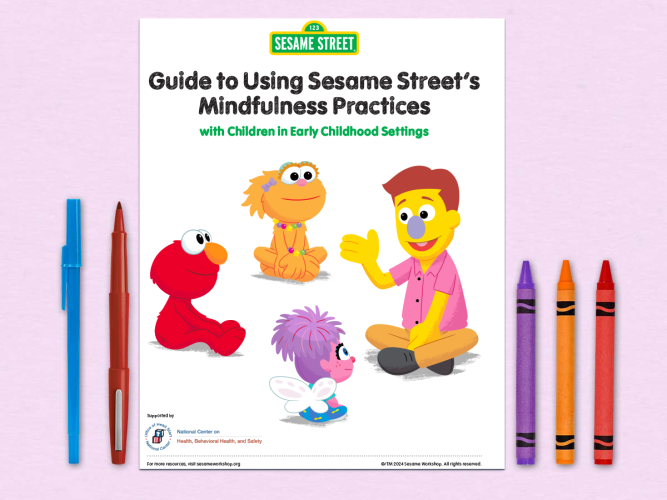
Mindful Monsters: A Podcast Guide to Peace
A guide with tips for using the Mindful Monsters Podcast Series.

Mindful Caregivers
Practicing mindfulness is a great way to slow down and reset.
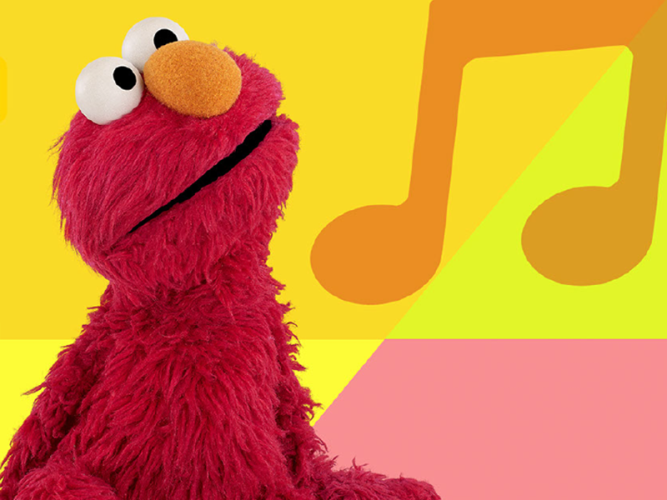
Mindful Monsters: Whole-Body Listening with Elmo
In this podcast, Elmo practices whole-body listening.
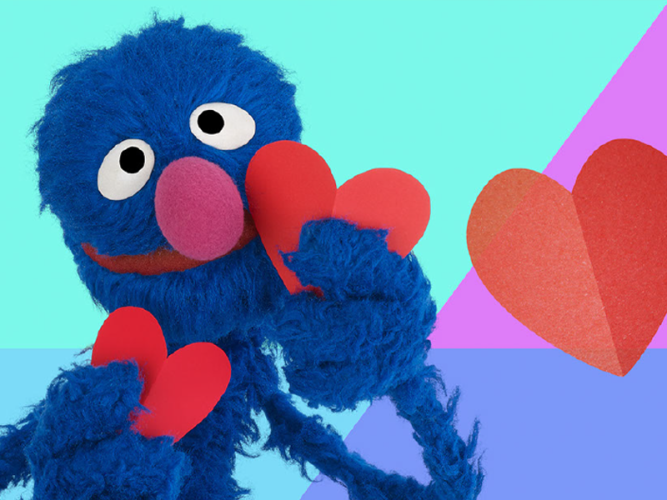
Mindful Monsters: Self-Love Mantras with Grover
In this podcast, Grover shares some mindful mantras.

Mindful Monsters: Look and Notice with Cookie Monster
Cookie Monster helps children practice mindfulness by looking and listening carefully to their surroundings.
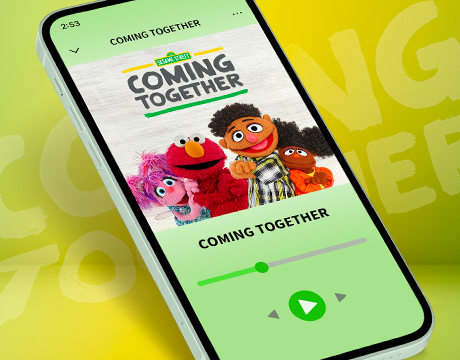
Coming Together Playlist
This curated playlist is perfect for helping children explore friendships, celebrate differences, and build a better future.
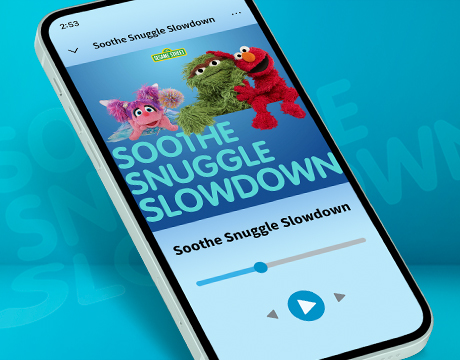
Soothe Snuggle Slowdown: Songs and Strategies for Restful Sleep
This curated playlist helps little ones (and their tired grown-ups) relax and unwind! A mix of mellow tunes sets the mood for naps, bedtime… or just some much needed down time.
